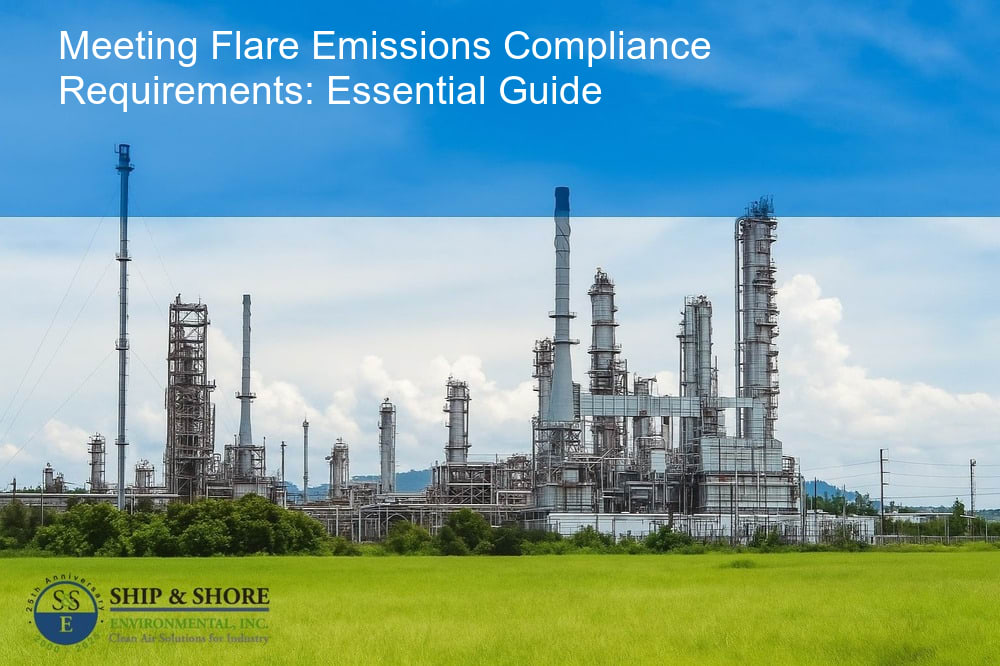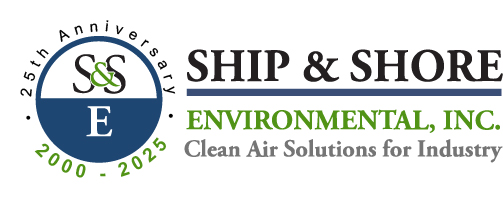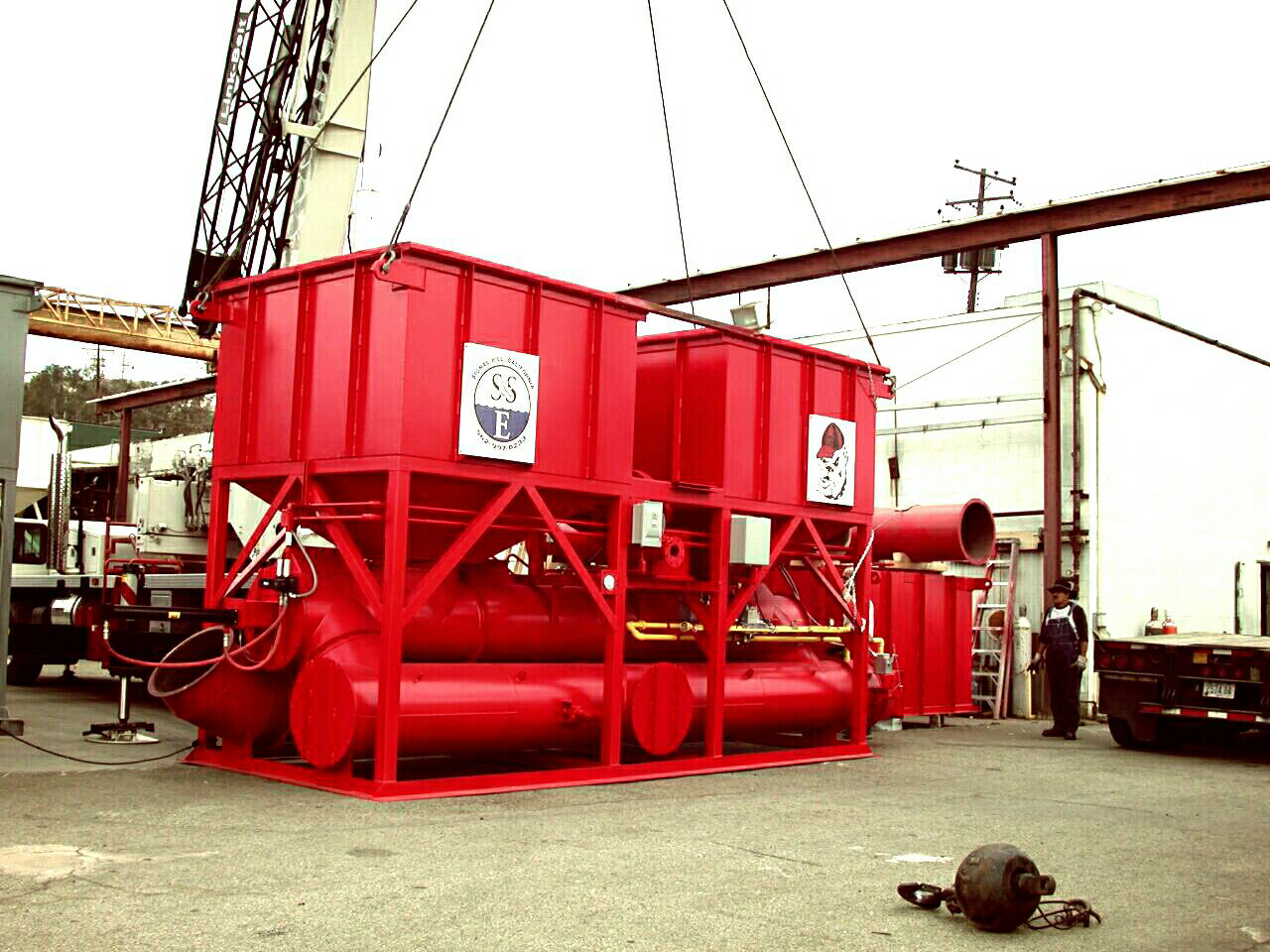
Strategies for Meeting Flare Emissions Compliance Requirements
August 27, 2025 6:42 amUnderstanding the Importance of Flare Emissions Compliance
Meeting flare emissions compliance requirements is critical for industries that operate flares as a part of their process. These compliance measures are designed to minimize the environmental impact and ensure the health and safety of surrounding communities. At Ship & Shore Environmental, Inc., we understand the significance of adhering to these regulations not just to meet legal obligations but to also demonstrate our commitment to sustainability and responsible operations.
Basic Overview of Flare Emissions Compliance Requirements
Flare emissions compliance requirements encompass a range of federal, state, and local regulations that industries must follow to control the release of hazardous pollutants during the flaring process. These rules are primarily enforced by agencies such as the Environmental Protection Agency (EPA). Compliance involves monitoring, reporting, and controlling emissions to meet the specified limits for pollutants like volatile organic compounds (VOCs), sulfur dioxide (SO2), and nitrogen oxides (NOx). A thorough understanding of these requirements is essential for industries to operate within legal parameters and avoid penalties.
Role of Industries in Meeting Flare Emissions Compliance
Industries play a pivotal role in meeting flare emissions compliance by implementing effective strategies and technologies. This includes investing in advanced flare systems that ensure complete combustion, thus reducing harmful emissions. Regular maintenance and upgrades to existing systems are also vital to maintain high efficiency levels. Furthermore, companies need to establish continuous monitoring systems to detect and address any deviations promptly. Collaboration with environmental experts like Ship & Shore Environmental, Inc. can aid in developing customized solutions that not only meet compliance standards but also optimize operational efficiency.
Detailed Insights: Regulatory Standards and Guidelines for Flare Emissions
Understanding the regulatory landscape is fundamental for meeting flare emissions compliance requirements. Various federal and state agencies have set stringent standards to minimize environmental impact. For instance, the Environmental Protection Agency (EPA) in the United States enforces the New Source Performance Standards (NSPS) for flare emissions. Moreover, these rules mandate industries to reduce volatile organic compounds (VOCs) and hazardous air pollutants (HAPs).
Additionally, state regulations often complement federal laws, providing more localized guidelines. Because of these multifaceted regulations, it’s imperative for industries to stay updated and compliant. Therefore, understanding these regulatory standards is the first step towards compliance.
Comprehensive Solutions: Strategies and Technologies to Meet Flare Emissions Compliance
One critical aspect of meeting flare emissions compliance requirements is adopting advanced technologies. Real-time monitoring systems, for example, provide immediate feedback on emission levels, enabling prompt adjustments. Consequently, companies can dynamically manage their emissions.
Another key strategy involves deploying flare gas recovery systems. These systems capture and recycle gas that would otherwise be flared, thus significantly reducing emissions. This approach not only helps in compliance but also contributes to energy efficiency.
List of Advanced Technologies
- Real-Time Emission Monitoring Systems
- Flare Gas Recovery Systems
- Automated Control Systems
- High-Efficiency Flare Tips
- Thermal Oxidizers
Furthermore, automated control systems can optimize the combustion process, ensuring that flare stacks operate at maximum efficiency. High-efficiency flare tips and thermal oxidizers also play a crucial role by improving combustion and minimizing harmful emissions.
Case Studies and Real-World Applications: Meeting Flare Emissions Compliance Requirements in Various Industries
Several industries have successfully implemented solutions to comply with flare emissions regulations. For instance, in the petrochemical sector, a leading refinery utilized a combination of flare gas recovery systems and advanced monitoring technologies. As a result, they reduced their VOC emissions by 40% within a year.
In another example, a large chemical manufacturing plant incorporated high-efficiency flare tips and thermal oxidizers. Consequently, they not only achieved compliance but also minimized operational costs. These real-world applications underscore the importance of tailored solutions and innovative technologies.
Moreover, the energy sector presents unique challenges, yet it has seen notable successes as well. By integrating real-time monitoring and automated control systems, an offshore drilling platform managed to meet stringent emissions standards while maintaining operational efficiency.
In summary, these case studies highlight the effectiveness of implementing comprehensive strategies and technologies across various industries. Meeting flare emissions compliance requirements is not only achievable but also beneficial for both the environment and business operations.
Did you know? Efficient flare management can reduce emissions by up to 98%, significantly aiding industries in meeting environmental compliance.
Future Trends: Predicted Changes in Flare Emission Regulations and their Impact on Industries
The landscape of flare emissions compliance is continually evolving, with new regulations and standards being introduced to address the environmental impacts of industrial operations. Future regulatory trends point towards stricter limits on emissions, increased monitoring requirements, and advancements in flare gas recovery technologies. As we adapt to these changes, industries must stay proactive in upgrading their systems and implementing best practices to remain compliant. Our foresight into upcoming regulations allows us to better prepare and invest in sustainable solutions that reduce emissions and enhance operational efficiency.
Navigating the Challenges & Potential Barriers in Meeting Flare Emissions Compliance Requirements
Meeting flare emissions compliance requirements presents various challenges, including technological limitations, high implementation costs, and logistical hurdles. Industries must navigate these barriers by leveraging innovative technologies, fostering partnerships, and investing in research and development. We, at Ship & Shore Environmental, Inc., recognize the importance of customized solutions to address specific operational needs. By providing comprehensive services, such as our aftermarket services, we ensure that our clients have access to the resources and expertise necessary to overcome these challenges effectively.
Wrapping Up: The Importance of Collaboration and Innovation in Achieving Flare Emissions Compliance
The journey towards achieving flare emissions compliance is a collaborative effort that requires the collective input of industry stakeholders, regulatory bodies, and technology providers. Innovation plays a crucial role in developing advanced solutions that not only meet regulatory requirements but also contribute to environmental sustainability. At Ship & Shore Environmental, Inc., we are committed to driving this innovation through our comprehensive services and cutting-edge technologies. By working together and embracing new strategies, we can successfully navigate the complexities of meeting flare emissions compliance requirements and pave the way for a cleaner, healthier future.
FAQ
What are the key regulatory standards for flare emissions compliance?
The regulatory standards for flare emissions compliance vary by region but generally include limits on harmful pollutants, such as volatile organic compounds (VOCs), sulfur dioxide (SO2), and nitrogen oxides (NOx). In addition, agencies like the U.S. Environmental Protection Agency (EPA) dictate specific operating and monitoring protocols. Our team stays current with evolving regulations to ensure we provide solutions that adhere to these stringent standards.
How do industries typically meet the requirements set by flare emissions regulations?
Industries meet regulatory requirements by implementing technologies such as flare gas recovery systems, enclosed combustors, and continuous monitoring equipment. Additionally, adhering to best practice operational procedures plays a crucial role. We provide tailored solutions including design, installation, and maintenance services that support our clients in achieving and maintaining compliance.
What are some strategies Ship & Shore Environmental, Inc. offers to help with emissions compliance?
Our strategies include evaluating existing systems, enhancing flare gas recovery, providing real-time emissions monitoring setups, and retrofitting facilities with advanced combustion devices. Furthermore, we prioritize continuous improvement and innovation in emission control technologies to assist our clients in surpassing compliance requirements.
Can Ship & Shore Environmental, Inc. assist with the implementation of custom compliance solutions?
Absolutely, we specialize in custom compliance solutions tailored to the unique needs of each facility. Our comprehensive approaches take into account industry-specific challenges, enabling us to design and implement systems that seamlessly integrate with existing operations. We believe that every industry has distinct requirements and our goal is to address those with precision-engineered solutions.
What potential barriers might industries face in meeting emissions compliance, and how does your company help overcome them?
Industries may face challenges like technological constraints, financial considerations, and adapting to evolving regulations. We tackle these by conducting thorough assessments, offering cost-effective technologies, and staying at the forefront of regulation developments. Our focus on aftercare and aftermarket services ensures that clients receive ongoing support to navigate any future barriers with ease.
Categorised in: Blog

